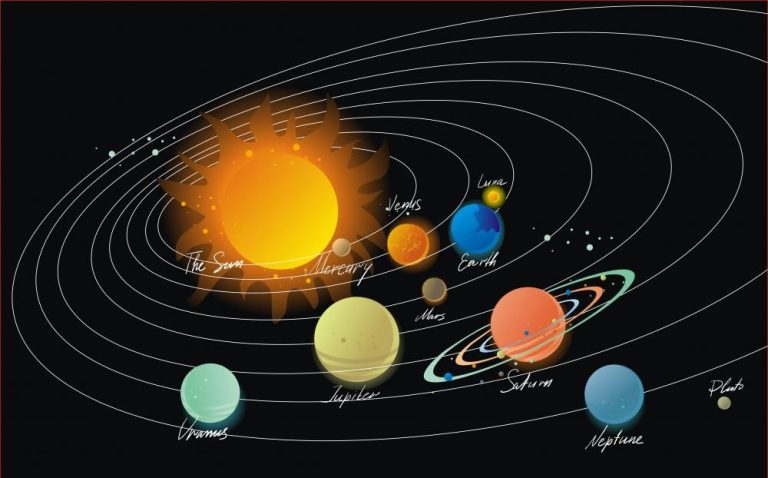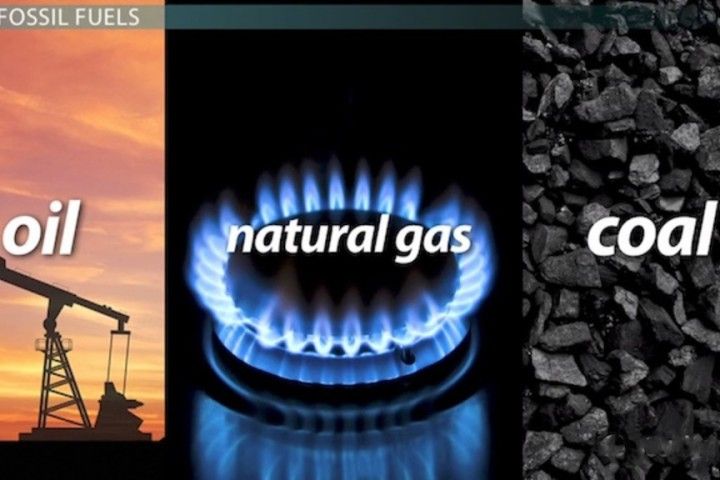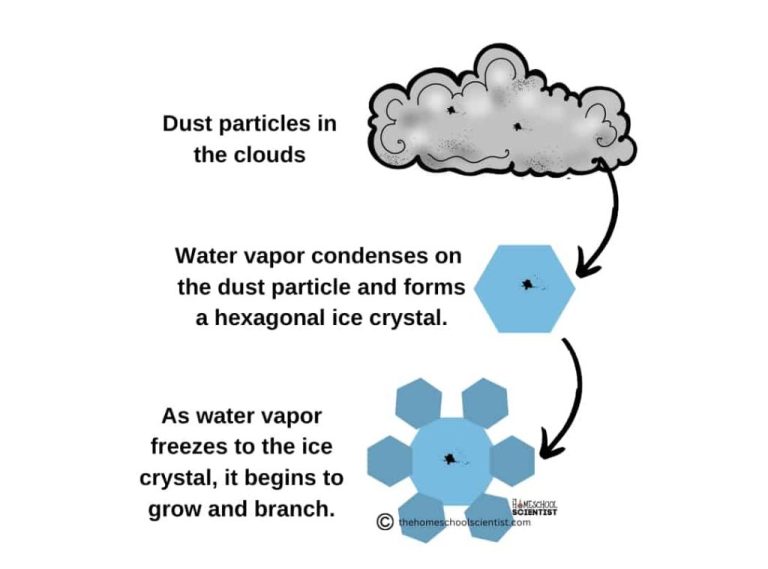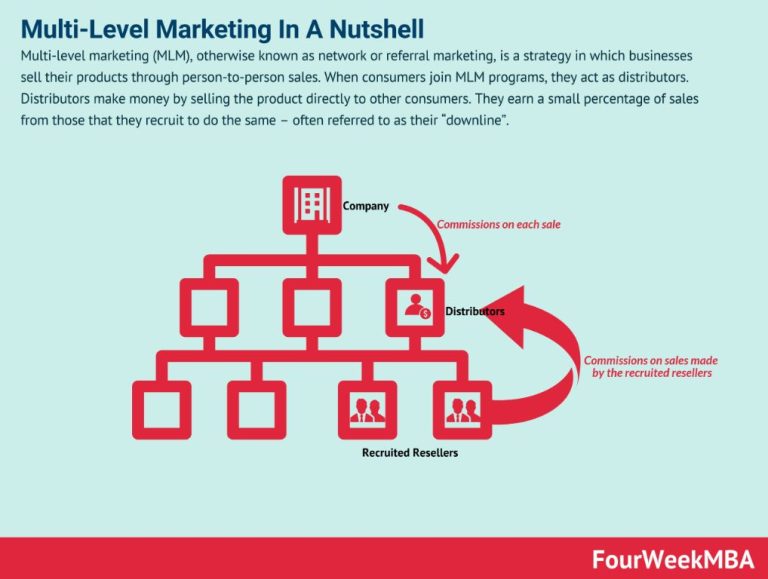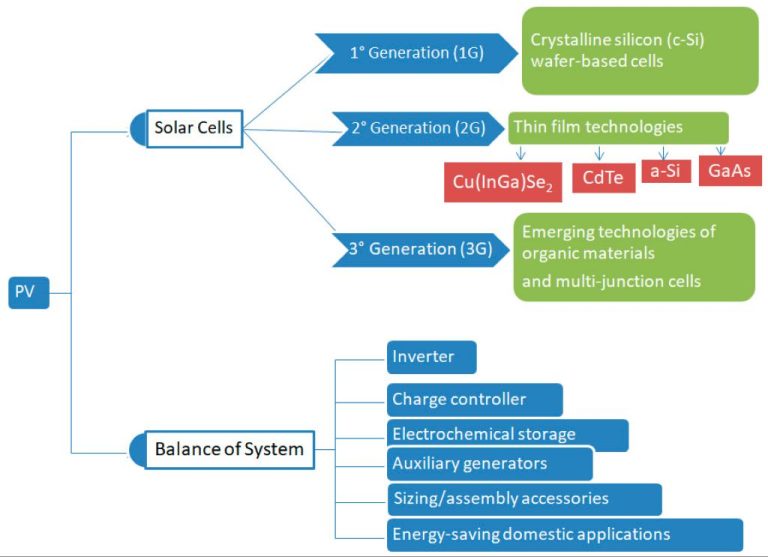How Long Until All Energy Is Renewable?
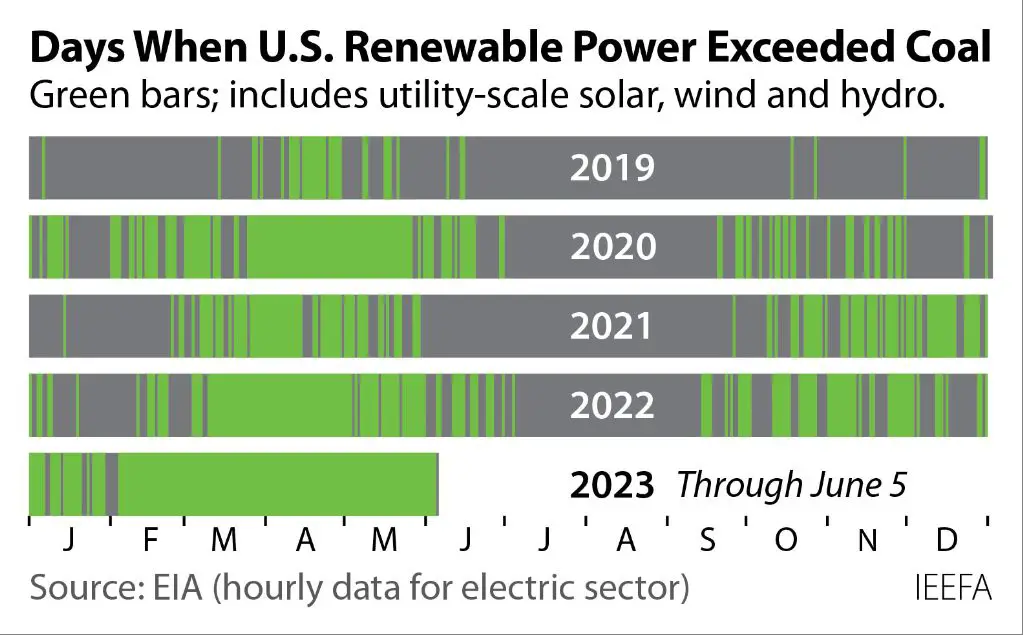
Renewable energy comes from natural sources that are constantly replenished, such as sunlight, wind, water, and geothermal heat. Nonrenewable energy comes from finite resources that will eventually dwindle, primarily fossil fuels like coal, oil, and natural gas.
In recent years, there has been a growing awareness of the importance of transitioning to renewable energy sources. Compared to fossil fuels, renewable energy has a much lower environmental impact. Renewables do not produce air or water pollution, and they emit little to no greenhouse gases that contribute to climate change (The Benefits of Switching to a Renewable Energy Supplier). Transitioning to renewables is critical for building a sustainable energy system and mitigating climate change (The Importance of Renewable Energy in a Changing Climate).
This article examines the timeline for transitioning fully to renewable energy. When can we expect all of the world’s energy to come from renewable sources? To answer this, we will look at current adoption trends, projected growth, challenges, emerging technologies, and other factors influencing the global shift to renewables.
Current State of Renewable Energy
Despite strong growth in recent years, renewable energy accounts for about 11% of global total final energy consumption as of 2018, according to the Renewables Global Status report by REN21. The majority comes from traditional biomass, while modern renewables like wind, solar, geothermal and newer bioenergy account for just over 10%.
The share of modern renewables in global power generation has increased significantly over the past decade, from 8.6% in 2009 to over 26% by 2018. Wind and solar power have experienced particularly rapid growth, with solar PV capacity increasing by over 49% annually on average since 2009.
There are major regional differences in renewable energy adoption globally. Europe generates over 34% of its power from renewables, while some individual countries like Denmark, Uruguay and Germany produce 50% or more of their electricity from wind, solar, hydro and bioenergy. In contrast, the Middle East, Eurasia and Asia Pacific regions generate less than 10% of power from renewables on average.
Overall, the growth of renewables represents a promising shift but the global energy system remains heavily reliant on fossil fuels currently. Concerted efforts by nations will be needed to accelerate the transition to 100% clean energy worldwide.
Source: CARICOM has massive potential for renewable energy
Projected Growth of Renewables
According to a report by the SunPullWire, renewable energy is projected to see significant growth globally over the next decade. The report forecasts that by 2030, renewables will account for over 30% of electricity generation worldwide, up from 26% in 2019. In the United States, renewables are projected to reach 42% of electricity generation by 2030, compared to just 17% in 2019.
Looking further ahead, by 2050, some projections estimate renewables could supply up to 70-85% of global electricity needs. However, growth rates can vary significantly by region based on policy support and natural resources. Europe and China are expected to continue leading in wind and solar growth through aggressive clean energy policies and investments.
Government renewable energy policies, such as tax credits, feed-in tariffs, renewable portfolio standards, and permitting, play a major role in projected growth. Countries with strong policy support and commitments to phasing out fossil fuels generally have higher renewable energy forecasts. However, changing political landscapes can impact the consistency of government incentives and regulations.
Challenges to 100% Renewable Energy
Reaching 100% renewable energy faces several key challenges that need to be addressed. Two major challenges are grid reliability and storage needs. Wind and solar power are intermittent sources, only generating electricity when the wind blows or sun shines. This variability strains the electric grid, which was designed for steady and predictable power. Energy storage solutions like batteries can help balance supply and demand, but are currently limited by high costs and small capacity compared to overall demand. Massive growth in storage is needed for 100% renewables according to studies like this report.
The large upfront capital costs of renewable power also pose economic hurdles. While wind and solar costs have fallen dramatically, initial investment is still required for generation assets and supporting grid infrastructure. Fossil fuel interests with sunk costs in existing infrastructure remain politically influential as well, resisting policies to accelerate the renewable transition.
Paths to 100% Renewable Energy
There are several key paths that can enable the transition to 100% renewable energy:
Electrification and efficiency – Converting energy usage to electricity and improving efficiency of energy use can reduce overall energy demand and enable increased renewable penetration. Examples include transitioning heating and transportation to electric systems powered by renewables.
Distributed generation – Producing renewable energy via distributed sources like rooftop solar rather than centralized generation allows more flexibility and resilience in renewable energy systems. Distributed renewables can also reduce the need for transmission infrastructure.
Smart grids and demand management – Upgrading to smart grid infrastructure allows real-time coordination of renewable supply and energy demand. This enables optimization of renewable energy generation and usage through demand response and storage capabilities. (How to Achieve 100% Renewable Energy)
Timeline Estimates
There is a wide range of expert projections for when the world could achieve 100% renewable energy. The most optimistic experts believe it could happen as early as 2030. For example, Stanford professor Mark Z. Jacobson published a study claiming the U.S. could transition to 100% renewable energy by 2030-2050 if there was political will to do so.
More conservative experts estimate it could take until 2060 or later for the world to be 100% powered by renewables. The International Renewable Energy Agency projects the world reaching over 85% renewables by 2050 if countries fulfill their climate pledges under the Paris Agreement. Full decarbonization may not happen until 2060-2070 on this timeline.
The main factors affecting the timeline range are political will, technological advancement, infrastructure development, and public sentiment. With coordinated efforts and rapid scaling of renewables, the most optimistic timelines could be feasible. But reaching 100% will likely require overcoming technical, geopolitical and systemic hurdles over decades.
Role of Emerging Technologies
Advances in key renewable technologies like solar, wind and batteries are making the transition to 100% renewable energy more feasible. Solar PV costs have dropped over 90% in the last decade while batteries have declined 85% since 2010 (Jawaid, https://www.linkedin.com/pulse/future-renewable-energy-emerging-technologies-trends-zeeshan-jawaid). New materials and technological innovations continue to drive down costs and improve efficiency.
Emerging solar technologies like perovskite solar cells and organic photovoltaics have potential for higher efficiencies and flexibility compared to silicon-based panels (https://eliteenergy.co.uk/emerging-renewable-energy-technologies-to-watch-in-the-next-decade/). Advances in wind turbine materials and designs allow turbines to operate in lower wind speeds and generate more energy. Improvements in energy storage like flow batteries and compressed air storage provide vital grid stability services.
Fusion energy is also being aggressively researched as a potential long-term carbon-free energy source, though commercial viability remains decades away. Major international research projects aim to demonstrate fusion feasibility in the 2030s-2040s, which could accelerate the renewable transition if successful (Hussain, https://www.sciencedirect.com/science/article/pii/S1364032116310863).
Overall, emerging technologies are projected to lower costs, improve efficiency and enhance grid integration of renewables. This will likely accelerate the transition timeline to 100% renewable energy.
Geopolitical Factors
Geopolitics will play a large role in whether and how quickly countries transition to renewable energy. Some key geopolitical factors include:
Relative costs of renewables vs. fossil fuels – As renewable energy costs continue to fall, they are becoming more cost competitive with fossil fuels in many parts of the world. This cost advantage makes the economics of switching to renewables more favorable. However, fossil fuel subsidies and low costs in some regions mean renewables don’t yet have a universal cost advantage.
Government policies and global accords – Government regulations, incentives, taxes, and participation in international climate agreements can accelerate or hinder the renewable transition. Policy support like renewable portfolio standards, carbon pricing, and bans on new fossil fuel plants are key tools for enabling renewables growth.
Public pressure and activism – Public concern about climate change and interest in clean energy is rising. Activist campaigns urging divestment from fossil fuels and protests against new oil/gas pipelines and other projects apply pressure on governments and companies to transition to renewable energy.
Sources:
https://muse.jhu.edu/article/861108/pdf
https://journals.upress.ufl.edu/JGSS/article/view/1908
The Path Forward
Accelerating the transition to 100% renewable energy will require concerted efforts from businesses, governments, and communities. Companies have a key role to play by committing to ambitious renewable energy targets, investing in clean energy projects, and working with suppliers to reduce emissions across their supply chain. Governments need to continue enacting supportive policies like clean energy mandates, carbon pricing schemes, and funding for R&D. They also must phase out fossil fuel subsidies which currently impede renewable energy adoption. At the community level, citizens can support distributed renewable generation by installing solar panels or joining clean energy co-ops. Grassroots campaigns aimed at pressuring governments and businesses to take bolder climate action are also impactful.
A report by the International Renewable Energy Agency (IRENA) highlights that artificial intelligence can help accelerate the transition by improving renewable energy forecasting and planning. According to IRENA, “AI can optimize renewable energy production and inform predictive maintenance schedules to reduce downtime at renewable facilities.” Wider deployment of smart grid technologies will likewise facilitate greater integration of variable renewables onto electricity networks.
Ultimately, reaching 100% renewable energy globally requires unprecedented cooperation between stakeholders. With bold leadership, ambitious policies, technological innovation and public pressure, the goal of fully decarbonizing the world’s energy systems looks increasingly within reach.
Conclusion
The path to 100% renewable energy is complex and will take continued effort on many fronts. While consensus estimates suggest we may reach over 80% renewable energy globally by 2050 if current trends continue, fully eliminating fossil fuels faces additional challenges.
Key factors slowing the transition include existing infrastructure, political and economic inertia, remaining technological limitations, and the variable nature of renewable sources. However, through sustained investment, innovation, policy support, and public involvement, many experts agree the goal is achievable this century.
With climate risks rising, the growth of renewables represents hope for reducing emissions and building a more sustainable energy system. But it will take optimism combined with pragmatism. Although the destination remains uncertain, the direction is clear – towards a cleaner energy future.

